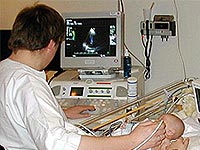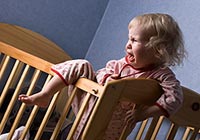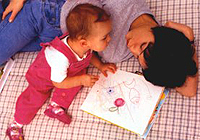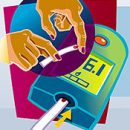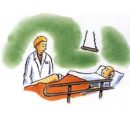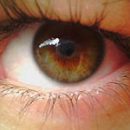Squint is not only a cosmetic defect affecting the psyche and the formation of character in children, but also a large functional disadvantage. Keep your eyesight to the child, it is in your power!
Content
Signs (symptoms) of strabismus
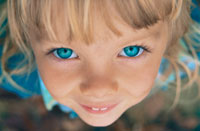 At seproinacy for two, adults will begin to complain, but not children. For children's strabismus are uncharacter for bone complaints due to good adaptive brain abilities. Children should undergo screening reviews to early identify possible problems. The younger child when he has been identified by squint, and treatment has begun, the greater the chances for normal vision. Most common symptoms:
At seproinacy for two, adults will begin to complain, but not children. For children's strabismus are uncharacter for bone complaints due to good adaptive brain abilities. Children should undergo screening reviews to early identify possible problems. The younger child when he has been identified by squint, and treatment has begun, the greater the chances for normal vision. Most common symptoms:
-
Deviation of an eye (a) to a temple or nose
-
Inclined or rotated head position
-
Sounding
-
Two (in some cases)
Causes of space
The main measure of the prevention of the squint is timely diagnosis. At the squint, it is usually the ability to see normal to see only the eye that performs vision. The eye, rejected to the side, sees everything worse and worse over time, its visual functions are suppressed. Therefore, treatment should begin as early as possible.
The cause of the squint can be injuries and diseases of the brain, mental injuries (fright). Eye's interaction can be disturbed due to limblessness and myopia. Promotes the emergence of strabismus infectious diseases (measles, scarletin, diphtheria, influenza and t.D.)
Who can develop squint
Squint develops due to violation of the agreed work of the muscles of the eye. Most often it develops in childhood due to improper development of binocular vision (consistently in two eyes). At the age of 2–3 years finally fixed joint activities of both eyes. It was then that there is a danger of appearance of a squint. With congenital hyperopia, exceeding +3.0 diopters, the child develops friendly strabismus. One eye can be leading, then the vision of another eye will decline without visible reasons. However, this is explained by the fact that the image of the object in the jamble eye will not fall into the central pumpe of the retina, due to its deviation from the normal position. Such a low vision of a roofing eye is called amblyopia — blindness from inaction.
Squint in children - children's squint
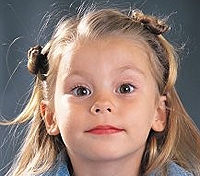 The squint is one of the most frequent eye diseases in childhood (it has been established that the prevalence of the squint is 2% of the total number of newborns).
The squint is one of the most frequent eye diseases in childhood (it has been established that the prevalence of the squint is 2% of the total number of newborns).
In addition to the cosmetic drawback, the squabrel is accompanied by a serious function disorder. The presence of this pathology adversely affects the psyche, the formation of the nature in children and is a great functional disadvantage.
Due to the absence of binocular vision, the perception of the outside world is disturbed, the child is not able to determine the spatial attitude of the surrounding items. As a result, the lag of the physical and mental development of the child maybe. Often, this pathology is marked from the maternity hospital. And contribute to its development premature genera, hypoxia of the fetus, neuropathological diseases.
Sometimes there is an unequalness of the right and left eye - one of them sees worse. In this case, the brain seeks «switch off» From the work a weaker eye.
Distinguish two main forms of strabismus – Friendly and paralytic.
There are also atypical species of squint.
From true strabismus should be distinguished by imaginary or hidden squint.



